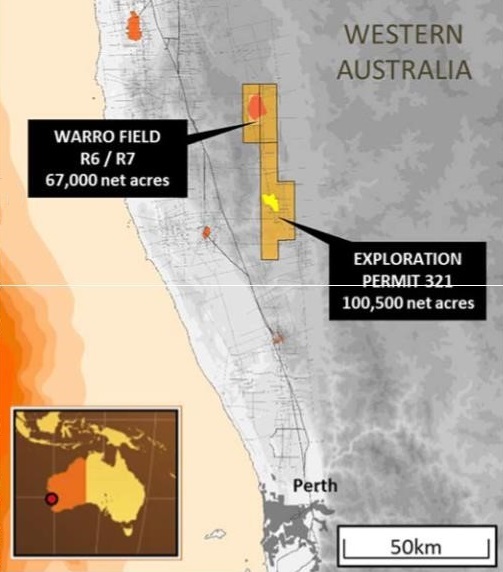
Australia’s Transerv Energy has revealed its Warro onshore gas field is more than twice the size it initially thought.
An independent assessment estimates the volume is gas in the field, 200km north of Perth, contains 2.4trillion cubic feet of gas, double the amount previously assessed prior to the Alcoa farm‐in work, the company said.
The new resource estimates follow the two latest highly successful wells which were drilled at Warro4 as part of the program funded by Alcoa of Australia whereby Alcoa may earn up to 65% of the project.
Although accurate estimates will not be available until testing of Warro‐5 and 6 is completed, previous estimates indicated that wells drilled on a 20‐hectare spacing could be expected to yield between 4-10 Bcf per well.
Transerv managing director Stephen Keenihan said the results were outstanding in terms of both the overall increase in the size of the resource and the reliability of it.
“The size of the prize we are pursuing at Warro is now substantial by any measure,” he added.
“It also demonstrates Warro could be a highly valuable source of “offset gas” for the global LNG companies operating in WA. Under existing WA Government policy, these companies must reserve 15% of the gas they control in WA for domestic use.
“However, by acquiring an interest in gas fields such as Warro, they can source this gas from elsewhere in WA to meet their 15% obligation, meaning the fields which underpin their LNG projects can be used solely for LNG production.
“In addition to these strong results, there is huge potential for further increases in the Warro Resource because we were still in gas when we stopped drilling the two latest wells.
“Another 100m of gas column would translate into a further 0.7 to 4.1 Tcf of gas in place. This is significant because both the size and the reliability of the resource are central to the economic potential of the field.
“Warro already enjoys the huge economic benefits which stem from its size and close proximity to WA’s major gas pipelines, including the Dampier‐to‐Bunbury pipeline.”
